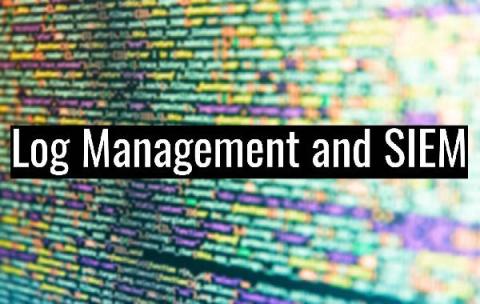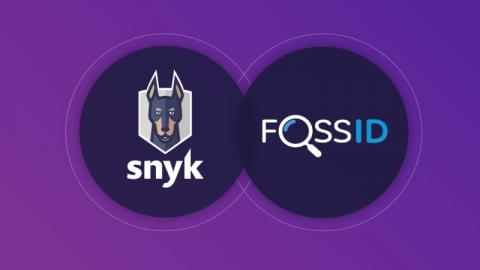Security | Threat Detection | Cyberattacks | DevSecOps | Compliance
Security
Snyk Acquires FossID to Accelerate Worldwide Developer-First Security Adoption
10 essential cybersecurity tips for beginners
Organizations today are challenged by an increased exposure to cyber threats. Attackers often target emerging technologies since the new technology is often ill-equipped to handle an attack. Moreover, the internet has become filled with malicious links, Trojans, and viruses.
Leading SaaS innovation with collaboration and security transparency
Detectify security experts are speaking with security managers and operational defenders daily. There’s a clear division on how a modern and mature organization will approach security compared to the compliance-first organizations that are playing whack-a-mole to lock down the perimeter. Security transparency is one of the differentiators.
Patch management : How updates, patches & bugs affect your business
Joining forces with FossID to extend developer-first security to C/C++ applications
I’m excited to announce the acquisition of FossID, extending Snyk’s developer-first security capabilities with deeper C/C++ support and enhanced license compliance! Snyk’s vision has always been to empower developers to secure their applications, enabling the speed and scale required by technology-driven companies.
Public Wi-Fi Tips
Home and public wi-fi hot spots are firmly a part of everyday life, more so since COVID where many work from home as well as those public spaces setup to help relive the monotony of being stuck at home. Whether you are at home or in a public space establishing some good habits to ensure security of the data you throw over the Internet is worth focusing on.
Access Control #3: State of Startup Application Security
What Is Threat Intelligence?
Navigating Cloud Security - A Netskope Fed Cyber Podcast
During the early days of the COVID-19 pandemic, many government agencies had to move very quickly to enable teleworking to ensure mission consistency during a very unprecedented time. More than one year later, and it is clear that teleworking in government is likely to remain in 2021, and beyond.











